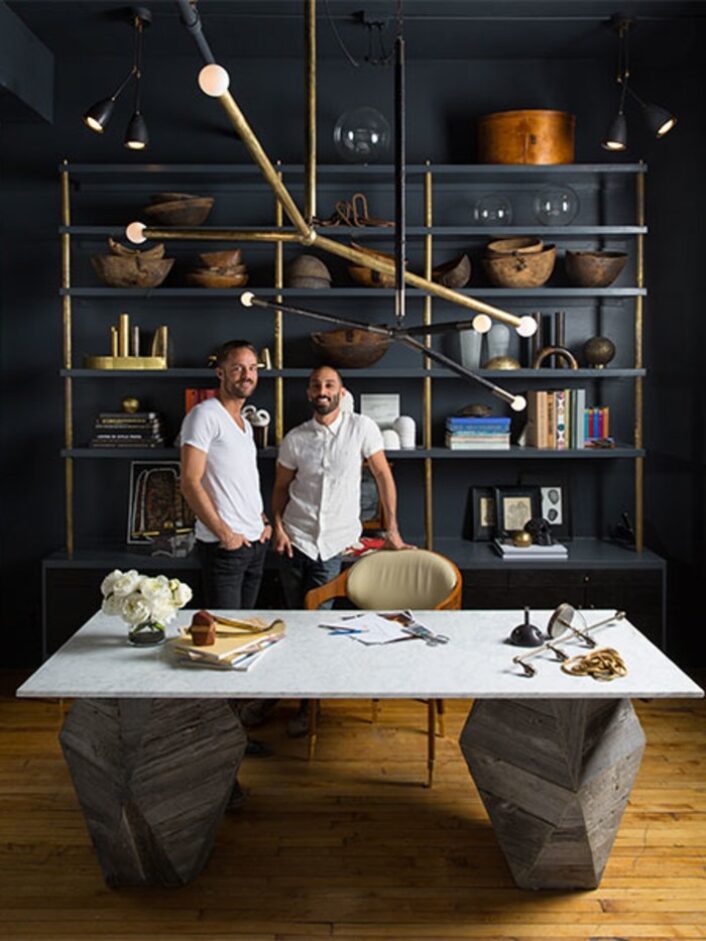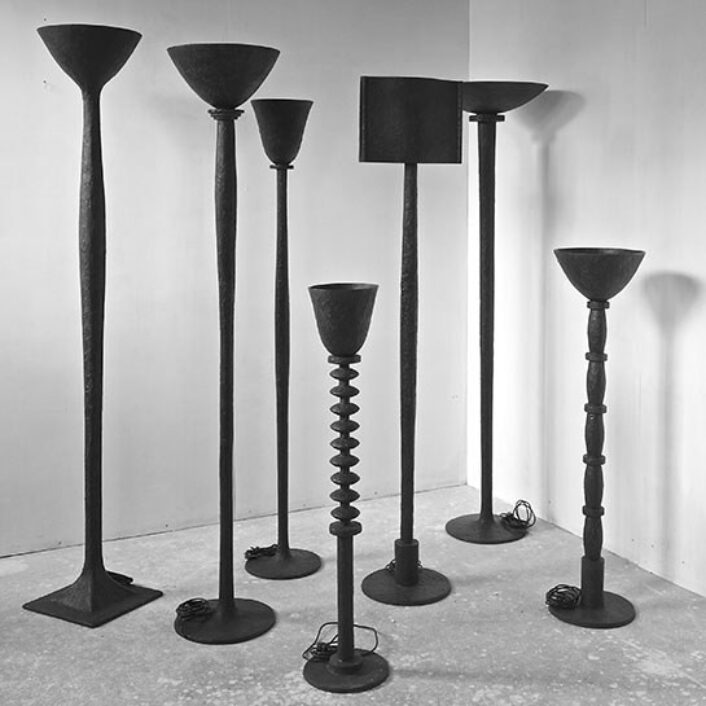Design
Amazing glass orbs
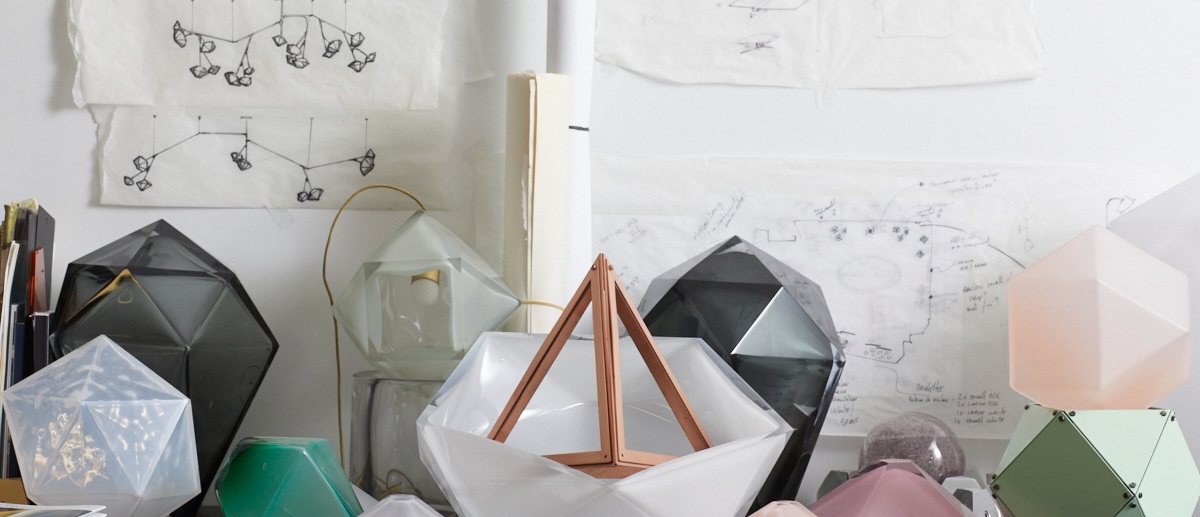
Inside the 30,000-square-foot studio.
Image courtesy of: Gabriel Scott
Gabriel Scott was founded in 2012 by brothers-in-law from Montreal. In the past, their lighting and furniture pieces have filled a niche with gem-like fixtures. All Gabriel Scott pieces are handmade in their Montreal production studio where the founders work alongside industrial designers, engineers, and manufacturers to create and oversee each piece from start to finish.
With respective backgrounds in architecture, industrial design, and jewelry making, Gabriel Kakon and Scott Richler bring a unique set of skills and style to their striking designs.
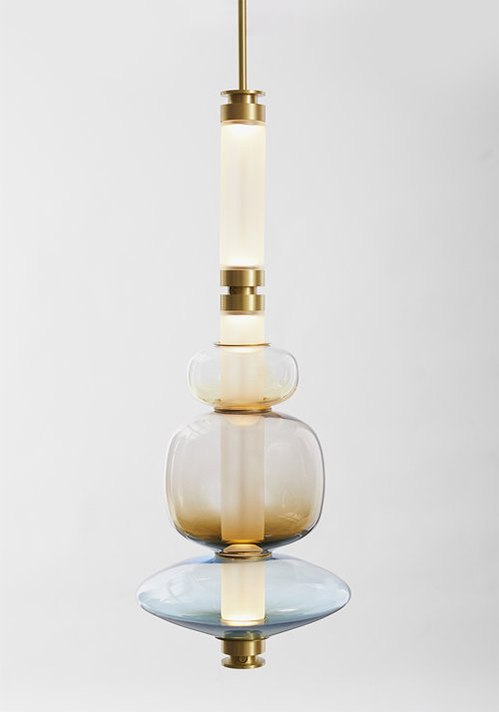
This fixture is available in a variety of shapes and colors… it is totally customizable!
Image courtesy of: Gabriel Scott
Gabriel Scott’s latest lighting collection debuted this year and is a vast departure from the geometric shapes from past collections. In the Luna Series, glass orbs in a variety of colors, shapes, and refracted light showcase the studio’s vast versatility.
Inspired by a lunar halo, this module fixture grows in every direction as its assembly system moves vertically or horizontally… stacking color upon color within various handblown shapes.
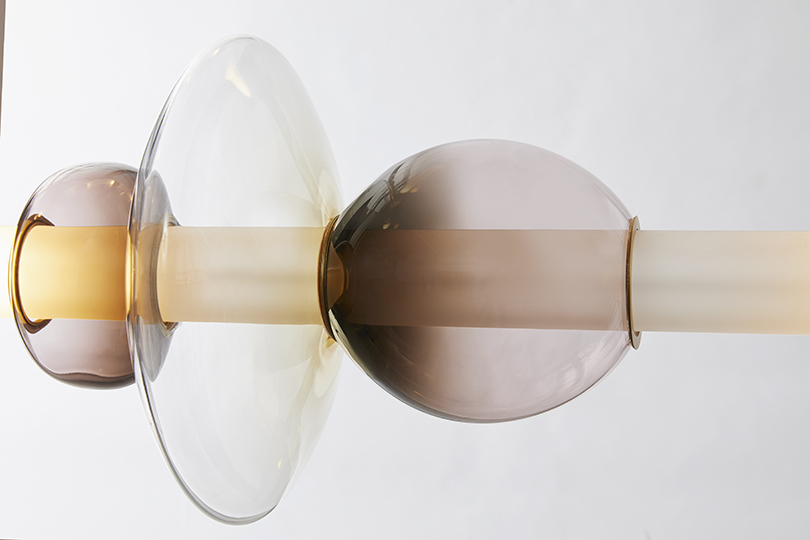
The Luna Series is a “continuation” of Gabriel Scott’s modular lighting designs.
Image courtesy of: Design Milk
The artists compare the Luna Series to beads on a string. This collection references the moon’s diffused light and soft glow. We love the muted colors and the mix of hard and soft shapes. When put together, it is utter perfection!
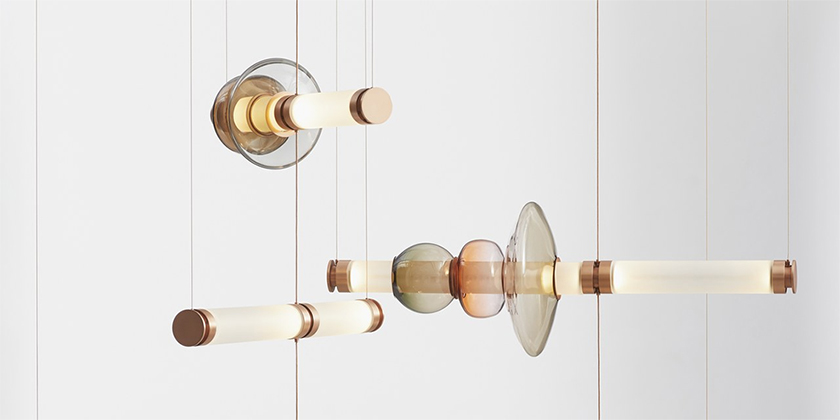
The large number of possible permutations is impressive!
Image courtesy of: Architectural Digest, photographed by: James Andrew Rosen
Surprisingly, the founders say that hand-blowing the Murano beads was NOT the most difficult part. The challenging part was how to “string” them together, all while maintaining the architectural integrity of each piece.
After brainstorming, they found their solution was in merging concepts from a previous project. They say, “At the same time, we were actually experimenting with our glassblower on a series of mold-blown tubes with sand-blasting throughout the inside. The ‘aha’ moment came when we married these ideas. The tubes became the string through which we would run the light and at the same time allow us to ‘bead’ all of these shapes at will.”

Welles Glass Long Smoked shown in brass.
Image courtesy of: London Design Fair
At the beginning, the duo created one-off pieces such as large tables and items that could not be reproduced without an enormous effort. This process went on for years until they decided to treat furniture similar to jewelry… as something that could indeed be reproduced and distributed.
